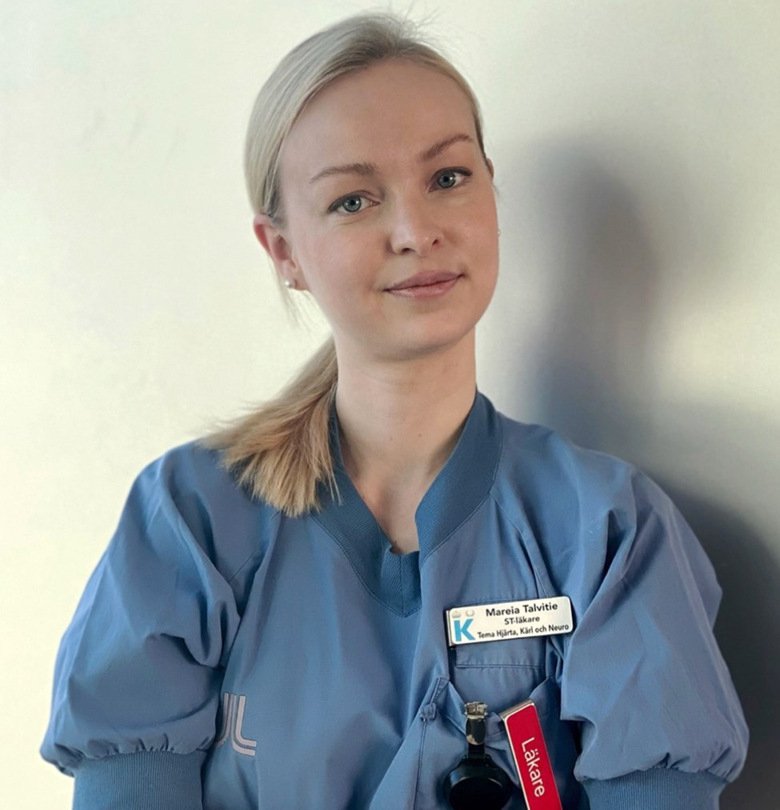New thesis on gender disparities in Abdominal Aortic Aneurysms

Maria Talvitie at the Vascular Surgery research group, Department of Molecular Medicine and Surgery, will defend her thesis "Abdominal aortic aneurysms : sex and gender disparities in surveillance, treatment and outcome" on March 31st, 2023.
Main Supervisor is Rebecka Hultgren.
What's the main focus of your thesis?
This thesis focuses on abdominal aortic aneurysms (AAA) and was dedicated to the shifting profiles and prospects of women and men in AAA disease. The overarching aim was to contribute with epidemiological data through the course of the disease, and to do so in a sex-specific manner. We studied all the phases of care, from diagnosis to outcomes after surgical repair, while also focusing on patients who are or remain surgically untreated.
Women with AAA are in the minority, and for decades of research in this field, women have been underrepresented in studies. This has led to insufficient scientific understanding, and weak recommendations for best management strategies in women. This is very unfortunate, as there has been consistent evidence indicating that the prognosis in AAA disease is worse in women.
Which are the most important results?
The most important finding is the resulting improved understanding of the poorer prognosis in women. Many previously unknown risks are now quantified. Somewhat surprisingly, untreated status is the dominating status in the AAA care trajectory. The worse situation for women at every step of the care trajectory was elucidated, with high rates of surgical non-eligibility, high rupture rates, high mortality rates due to rupture, but also high postoperative mortality. The surgical mortality persisted even for younger women, relative to women in the population, and irrespective of AAA size at surgical treatment. Indeed, the clinical risk-benefit assessment is especially complex in women with AAA.
How can this new knowledge contribute to the improvement of people's health?
All these excess risks in women do call for special considerations in clinical AAA care, and more precise communication with the female patient, tailored to individual needs. It is absolutely crucial to increase the epidemiological know-how for women. The ultimate goal is to overcome the challenges associated with the low female prevalence and to ensure best possible care and management also for women with AAA disease. This is also a prerequisite for future applications of precision medicine within vascular surgery, with individualized treatment decisions.
What are your future ambitions?
Many thoughts and ideas have been ignited while working on this thesis. I very much look forward to continue working on these ideas and topics, in research contexts as well as in clinical work. I’m intrigued by registers and databases, and find large-scale ‘big data’ applications especially exciting. It’s a true challenge to produce robust science even when the group under study in fact belongs to a minority. Such large-scale opportunities could enable women-specific studies within the AAA field, and even in-depth studies of subgroups of women. This is why in the future I hope to pursue different national and international data collaborations.
Dissertation
Friday, March 31, 2003 at 09:00, Rolf Luft Auditorium L1:00, Anna Steckséns gata 53
Thesis
Abdominal aortic aneurysms : sex and gender disparities in surveillance, treatment and outcome
